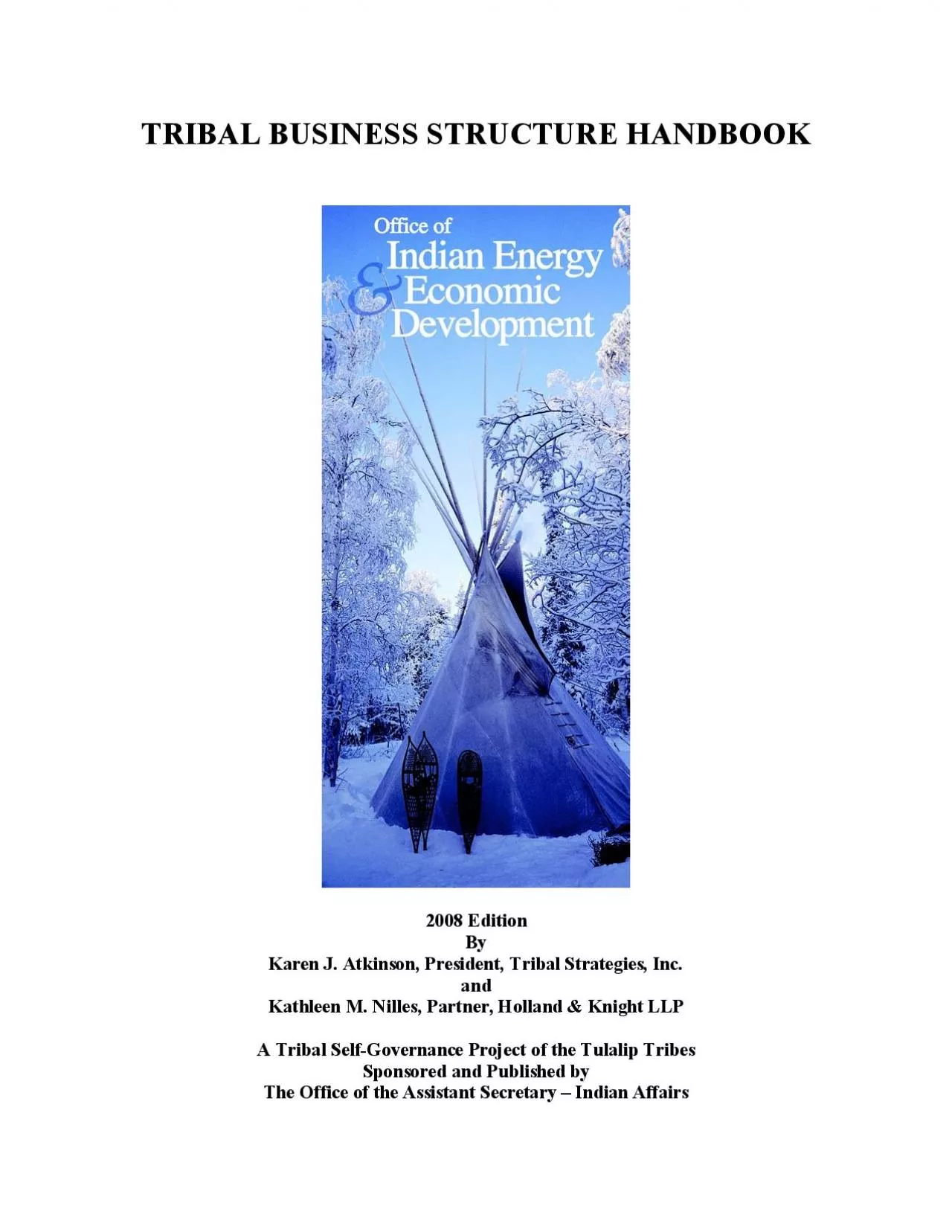PDF-Foreword by the Sponsor and Publisher
Author : elysha | Published Date : 2021-09-26
The Office of Indian Energy and Economic Development IEED was established in 2006 IEED is responsible for expanding reservation business opportunities and Indian
Presentation Embed Code
Download Presentation
Download Presentation The PPT/PDF document "Foreword by the Sponsor and Publisher" is the property of its rightful owner. Permission is granted to download and print the materials on this website for personal, non-commercial use only, and to display it on your personal computer provided you do not modify the materials and that you retain all copyright notices contained in the materials. By downloading content from our website, you accept the terms of this agreement.
Foreword by the Sponsor and Publisher: Transcript
Download Rules Of Document
"Foreword by the Sponsor and Publisher"The content belongs to its owner. You may download and print it for personal use, without modification, and keep all copyright notices. By downloading, you agree to these terms.
Related Documents














